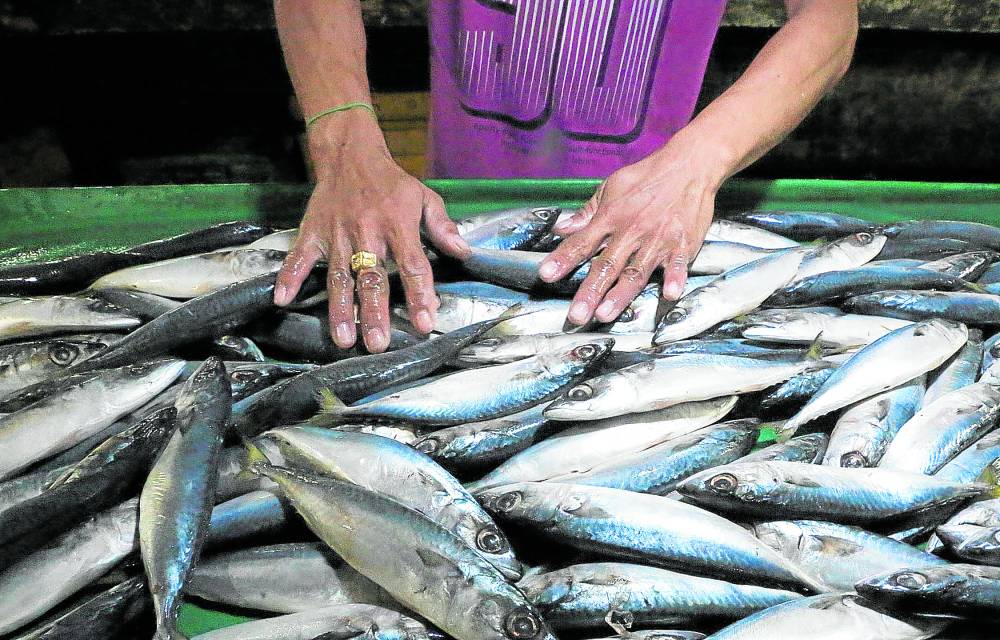DA’s fish shortage claim disputed

—GRIG C. MONTEGRANDE/INQUIRER FILE PHOTO
The council mandated to represent the fisheries sector insisted that the country has enough fish to meet demand over the next few months, contrary to the shortage claimed by the Department of Agriculture (DA) last month to justify the importation of 60,000 metric tons of fish.
The National Fisheries and Aquatic Resources Management Council (NFARMC), created by Republic Act No. 8550, or the Philippine Fisheries Code of 1988, as the highest policy-making and recommendatory body in fisheries matters, pointed out that the country still had enough fish for first-quarter consumption.
Thus, all NFARMC members, except for two from the DA, “unanimously” decided against the proposal to import more fish.
But the DA disregarded the council’s recommendation and Agriculture Secretary William Dar signed the required Certificate of Necessity to Import in January, purportedly because Typhoon “Odette” affected local production.
Dar claimed that the country needed more than 800,000 MT of fish to meet the demand between January and March this year, but supply was projected to reach only 681,000 MT, translating to a gap of 119,000 MT, based on estimates by the Bureau of Fisheries and Aquatic Resources (BFAR).
Article continues after this advertisementAmple supply
But the NFARMC had contrasting data that the Philippines had 45,651 MT of fish as of Jan. 13.
Article continues after this advertisementOf that total, 12,023 MT were in transit while the other 22,613 MT were still in cold storage, including the remaining 11,015 MT from the last importation that have yet to be sold to local markets.
The NFARMC concluded there was an ample supply of fish, even before the lifting of closed seasons in Northeast Palawan Sea, Visayan Sea and Zamboanga Peninsula that would add even more fish.
The council questioned where and how the government came up with a potential shortage, particularly when transparent and science-based data showed that the majority of imported fish from the last importation have yet to be sold.
“We are not convinced with BFAR’s presentation,” David Villaruz, chair of Philippine Association of Fish Producers Inc., told the Inquirer on Friday.
“All cold storages in the National Capital Region, especially in Malabon and Navotas, in Southern Luzon, including Cavite and Laguna, and Central Luzon are full,” said Villaruz, also a member of the NFARMC.
‘No space for fish imports’
“There’s no space for fish imports. It’s full of pork products,” he added.
Villaruz said there were around 204 shipping containers, each holding around 26,000 MT to 27,000 MT, at the fish complexes in Navotas and Malabon.
“All fish stored in cold storages must be disposed in three days. After that, if we fail to sell our fish, we will be charged P7,000 per container per day,” he said.
Villaruz lamented that Dar totally ignored the recommendation of the NFARMC and insisted on approving the importation of fish.
“Personally, I believe nothing will happen,” Villaruz said. “Even After Sen. [Cynthia] Villar berated the DA and BFAR, I have not heard possible proposals coming from the Senate committee on what action they are going to do next.”